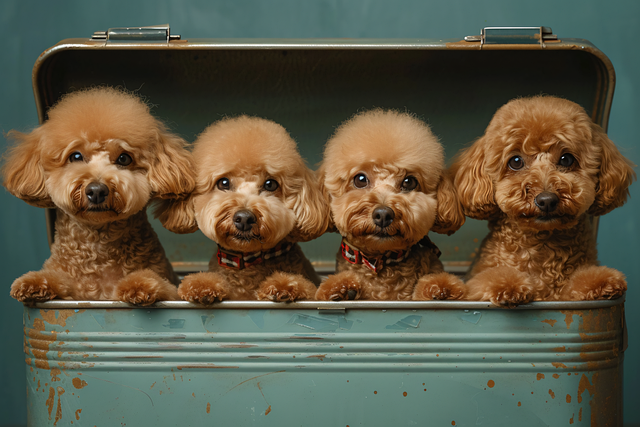
How does CBD affect puppies
Imagine you’re a new puppy parent in New York City, scrolling through social media while your 12-week-old golden retriever pup, Milo, chews on a shoe.
Picture finding your dog’s bed shredded for the third time this month—frustrating, right? Chewing isn’t naughtiness; it’s a natural urge. Let’s explore proven solutions with real pet parent hacks, blending science and creativity to protect both beds and dogs.
Start with chew-deterrent sprays—safely. Bitter apple spray (like Grannick’s Bitter Apple) tastes awful to dogs. My Labradoodle, who loved gnawing his bed’s edges, stopped after one spray. "Choose pet-safe formulas," my vet warns—avoid anything with alcohol or harsh chemicals.
Durable bed covers act as armor. Invest in a heavy-duty canvas or ripstop nylon cover. A friend’s German Shepherd, who destroyed three beds, now uses a military-grade cover. "Look for zippers that resist chewing," her trainer advises.
Puzzle toys redirect chewing energy. Place a Kong filled with peanut butter on the bed. My Aussie mix, who chewed his bed from boredom, now focuses on the toy instead. "A busy mouth is a happy mouth," a behaviorist says.
Calming scents reduce anxiety chewing. Lavender or chamomile essential oil (diluted!) on a cloth near the bed. My anxious Shiba Inu, who shredded beds when stressed, now relaxes faster. "Always dilute oils—undiluted can harm dogs," a vet reminds me.
Positive reinforcement rewards good behavior. When your dog lies on the bed without chewing, praise them. My Poodle now waits for "Good girl!" before settling. Studies show praise strengthens desired habits.

Textured mats create a chewing distraction. Place a rubber puzzle mat (like a Snuffle Mat) on the bed. My Border Collie, who loved pulling stuffing, now sniffs for hidden treats instead. "Mental stimulation beats destructive chewing," a trainer notes.
Crate training protects beds when unsupervised. Line the crate with the bed, making it a safe space. My rescue mutt, who destroyed beds at night, now sleeps peacefully in his crate. "A crate is a den, not a punishment," a behaviorist says.
Address underlying causes first. Is your dog bored or anxious? My neighbor’s Beagle chewed beds from separation anxiety. A pheromone diffuser (like Adaptil) and more exercise solved the issue. "Treat the root, not just the symptom," my vet advises.
Avoid common mistakes. Don’t scold after the fact—they can’t connect it. I once yelled at my dog for chewing, causing more anxiety. Instead, catch them in the act and redirect to a toy.
Use taste-safe deterrents for persistent chewers. Cayenne pepper mixed with water (spray lightly). My friend’s Husky, who ignored bitter spray, finally stopped with this. "Test on a small area first," she warns—some dogs are immune.
Orthopedic beds reduce chewing from discomfort. My arthritic Retriever, who chewed his old bed, stopped after getting a memory foam one. "Pain can drive destructive behavior," a vet says. Check for joint issues.
Know your pet product safety laws. In the EU, chew deterrents must be labeled non-toxic; in the US, look for FDA-approved ingredients. "Safety first—always read labels," a lawyer friend notes.
Consistency is key to breaking habits. My once-bed-chewing Labradoodle took two weeks to reform. "Don’t give up if they slip up," a trainer says—progress takes time.
With the right tools and patience, you can save your dog’s bed (and your sanity). For my fur family, a mix of deterrent spray, puzzle toys, and understanding their needs ended the chewing cycle. Your dog’s bed should be a safe haven, not a chew toy—let’s make that happen.

Imagine you’re a new puppy parent in New York City, scrolling through social media while your 12-week-old golden retriever pup, Milo, chews on a shoe.
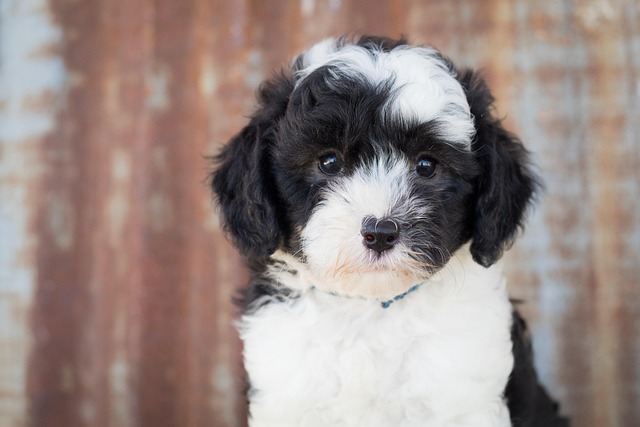
Picture this: your Labrador, Luna, just delivered six squirming puppies in your Chicago apartment. Overwhelmed by their tiny whimpers
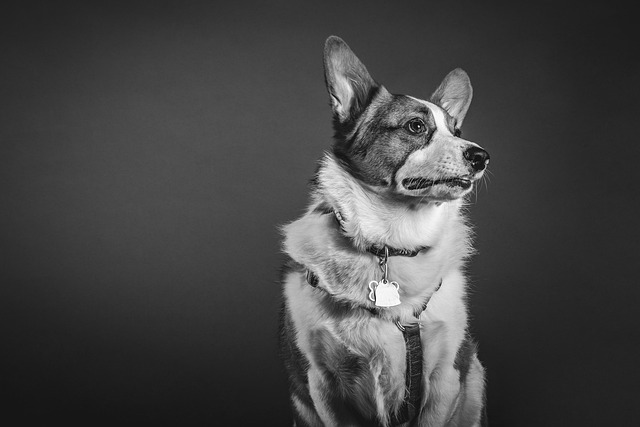
Nothing breaks your heart faster than seeing your usually energetic pup curled up, refusing treats and whining in discomfort.
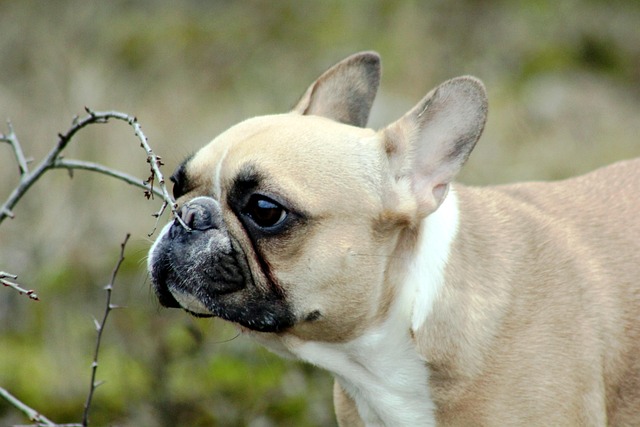
Finding a thin layer of short dog hair on your couch, clothes, and even in your morning coffee can be frustrating. While shedding is a natural process for dogs, there are ways to minimize it and keep your home a bit more fur-free.
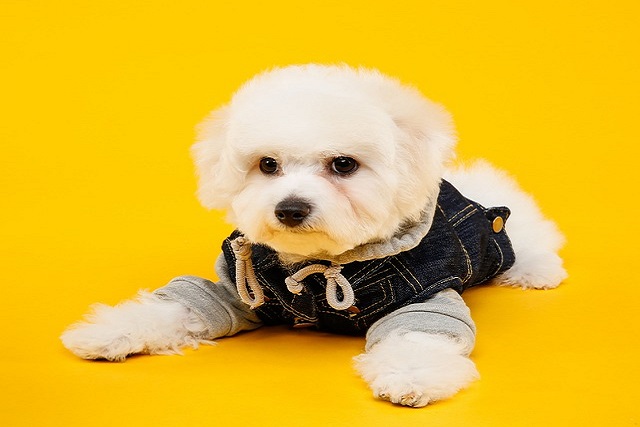
Imagine coming home to your Boston apartment after a quick errand to find your 1-year-old rescue mutt, Milo, has chewed through your favorite sneakers and left a puddle by the door

You’ve just received a noise complaint from your Brooklyn apartment neighbor: your rescue Lab, Charlie, howled relentlessly for two hours after you left.